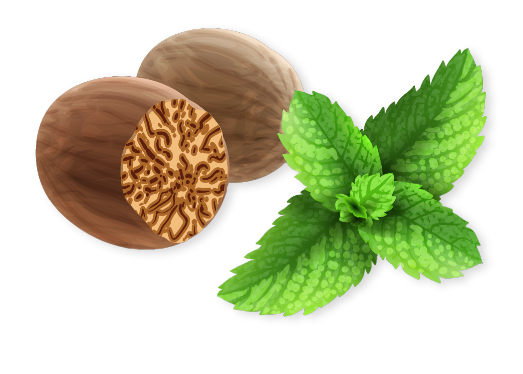The Link Between Fatty Liver Disease and Diabetes
Monday, January 22, 2024Fatty liver disease and diabetes are closely interconnected conditions, impacting millions of people worldwide. Understanding their relationship is crucial for effective management and prevention strategies. This comprehensive article will explore the nature of this link, its implications, and the steps individuals can take to manage both conditions effectively.
Fatty Liver Disease
Fatty liver disease, particularly Nonalcoholic Fatty Liver Disease (NAFLD), is characterized by the accumulation of fat in liver cells. It’s a condition that can progress to more severe liver damage, such as fibrosis, cirrhosis, and liver cancer if left unmanaged.
Diabetes
Diabetes, primarily Type 2 Diabetes Mellitus (T2DM), is a metabolic disorder characterized by high blood sugar levels due to insulin resistance or inadequate insulin production.
The Connection between Fatty Liver Disease and Diabetes
Insulin Resistance: A Common Thread
- In NAFLD: Fat accumulation in the liver impairs its ability to respond to insulin, contributing to insulin resistance.
- In Diabetes: Insulin resistance is a key feature of T2DM, often preceding its diagnosis.
Impact on Liver and Metabolic Health
- NAFLD in Diabetic Patients: Individuals with T2DM have a higher risk of developing NAFLD.
- Diabetes as a Risk Factor for NAFLD: Diabetic patients are more prone to liver fat accumulation, accelerating the progression of liver disease.
Symptoms and Diagnosis
Identifying Symptoms
- NAFLD: Often asymptomatic; may include fatigue, abdominal discomfort, or an enlarged liver.
- Diabetes: Symptoms include increased thirst, frequent urination, hunger, fatigue, and blurred vision.
Diagnostic Approaches
- Blood Tests: Liver function tests for NAFLD; blood sugar tests for diabetes.
- Imaging Tests: Ultrasound, CT scan, or MRI for NAFLD detection.
- Biopsy: In some cases, to assess liver damage in NAFLD.
Management Strategies
Lifestyle Modifications: A Keystone Approach
- Diet: A balanced diet rich in fruits, vegetables, whole grains, and lean proteins.
- Exercise: Regular physical activity helps manage blood sugar levels and reduce liver fat.
- Weight Loss: Even a modest weight loss can significantly improve liver health and blood sugar control.
Medical Treatment
- Medications for Diabetes: To control blood sugar levels.
- Potential Treatments for NAFLD: Currently, there are no specific medications for NAFLD, but research is ongoing.
The Role of Regular Monitoring
- Regular Health Check-Ups: Essential for tracking both liver health and blood sugar levels.
- Blood Tests: Monitoring liver enzymes and glycemic control.
Preventive Measures
- Early Detection: Regular screening for individuals at risk of diabetes or NAFLD.
- Healthy Lifestyle Choices: Such as a balanced diet, regular exercise, and maintaining a healthy weight.
The Ayurvedic Perspective
In Ayurveda the emphasis is on a balanced diet and lifestyle for maintaining overall health, which aligns with modern recommendations for managing NAFLD and diabetes.
The link between fatty liver disease and diabetes highlights the importance of a holistic approach to health management. Understanding the interplay between these conditions, recognizing their symptoms, and implementing effective management strategies are key steps in prevention and control. Regular medical check-ups, lifestyle modifications, and adherence to treatment plans are crucial in managing these intertwined health issues. Early intervention and a proactive approach can significantly improve outcomes and enhance the quality of life for individuals affected by fatty liver disease and diabetes.
You can write to us.
BOOK APPOINTMENT



























